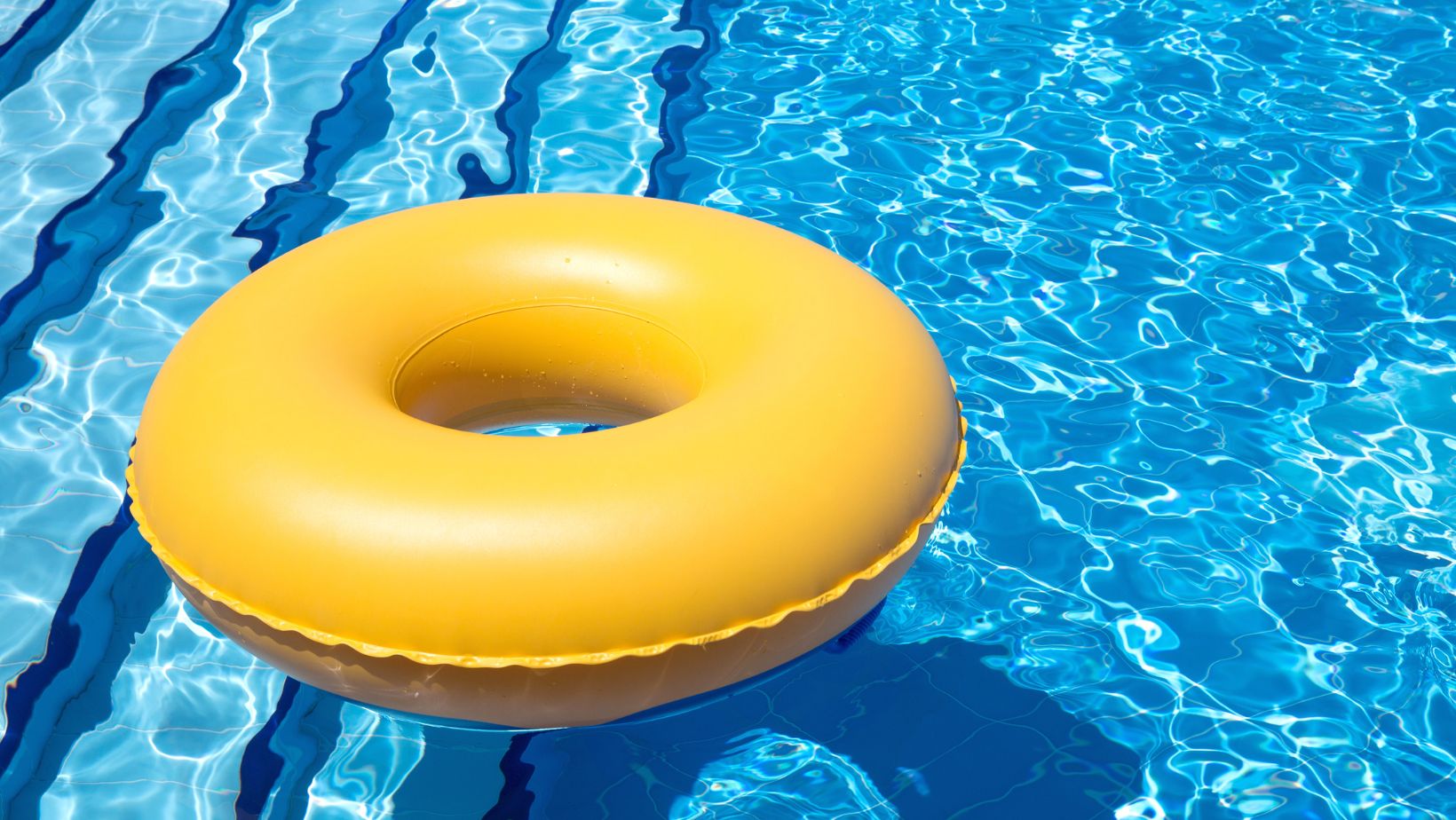As a seasoned plant enthusiast, I’ve encountered my fair share of indoor plant woes. From wilting leaves to pesky pests, common indoor plant problems can leave any plant parent feeling frustrated. But fear not, as I’m here to share some simple yet effective solutions to help your leafy friends thrive.
Whether it’s yellowing leaves, overwatering mishaps, or lackluster growth, understanding the root cause of these issues is key to finding the right fix. By addressing these common problems head-on, you can create a healthier environment for your indoor plants to flourish. So, let’s roll up our sleeves and get ready to tackle these plant predicaments with confidence.
Table of Contents
ToggleIdentifying Common Indoor Plant Problems
When it comes to caring for indoor plants, it’s essential to be able to recognize common issues that may arise. Understanding the signs of these problems can help me take the necessary steps to address them promptly.
Signs of Overwatering
If I notice that my indoor plants have yellowing, wilting, or mushy leaves, it could be a sign of overwatering. Overwatering is a common issue that can lead to root rot and other serious problems if not addressed. To fix this, I’ll adjust my watering schedule and ensure that the soil has proper drainage to prevent waterlogged conditions.
Symptoms of Underwatering
On the other hand, if I see my plants with dry, crispy, or droopy leaves, it’s likely they are not getting enough water. Underwatering can stunt growth and cause leaves to turn brown and brittle. To remedy this, I’ll increase the frequency of watering and make sure that the soil is adequately moistened during each watering session.
Impact of Poor Light Conditions
Indoor plants rely on proper lighting to carry out photosynthesis and thrive. If I observe that my plants are leaning towards the light source, have pale or scorched leaves, or exhibit slow growth, it could indicate poor light conditions. To address this issue, I’ll move my plants to a brighter spot or consider using grow lights to provide supplemental light for optimal growth.
Detecting Pest Infestations
Pests can wreak havoc on indoor plants, causing damage to leaves, stems, and overall plant health. If I spot tiny bugs, sticky residue, or webbing on my plants, it’s a clear indication of a pest infestation.

To tackle this problem, I’ll inspect my plants regularly, isolate any affected ones, and treat them with appropriate insecticidal soaps or oils to eliminate the pests effectively.
Practical Solutions to Indoor Plant Issues
Optimizing Watering Techniques
To ensure my indoor plants thrive, I focus on optimizing my watering techniques. It’s crucial to water the plants appropriately, avoiding both overwatering and underwatering. I check the soil moisture level by sticking my finger about an inch into the soil; if it feels dry, I water the plant. By following a consistent watering schedule based on each plant’s specific needs, I prevent issues related to water imbalance.
Adjusting Light Exposure
Adjusting the light exposure for my indoor plants is key to their overall health. I place my plants in areas where they can receive adequate sunlight or artificial light. By understanding the light requirements of each plant species I have, I ensure they get the right amount of light to support their growth. Regularly rotating the plants to expose all sides to light helps prevent yellowing leaves due to light deprivation.
Choosing the Right Pot and Soil
Selecting the right pot and soil is essential for the well-being of my indoor plants. I choose pots with drainage holes to prevent waterlogging and ensure proper aeration for the roots. Additionally, I opt for well-draining soil mixes suitable for each plant type, promoting healthy root growth and preventing issues such as root rot. By repotting when necessary and providing the right soil conditions, I create an optimal environment for my rare Hoyas to thrive.
Preventive Measures for Healthy Indoor Plants
Regular Maintenance Tips
When it comes to maintaining healthy indoor plants, regular care and attention are essential. I always make sure to check my plants regularly for any signs of stress or problems. This includes inspecting the leaves for discoloration, checking the soil moisture levels, and examining the overall condition of the plant.

To prevent common issues like overwatering or underwatering, I stick to a consistent watering schedule based on each plant’s specific needs. It’s crucial to water your plants only when the top layer of soil feels dry to the touch. Overwatering can lead to root rot, while underwatering can cause wilting and yellowing of leaves.
Selecting Appropriate Plant Varieties
Choosing the right plant varieties for your indoor space is crucial for their overall health and growth. I always consider the lighting conditions in my home when selecting plants to ensure they receive adequate light for photosynthesis.
For areas with low light, I opt for plants like snake plants or peace lilies that can thrive in low-light environments. These plants are more resilient to light fluctuations and require minimal maintenance, making them ideal choices for spaces with limited sunlight.





